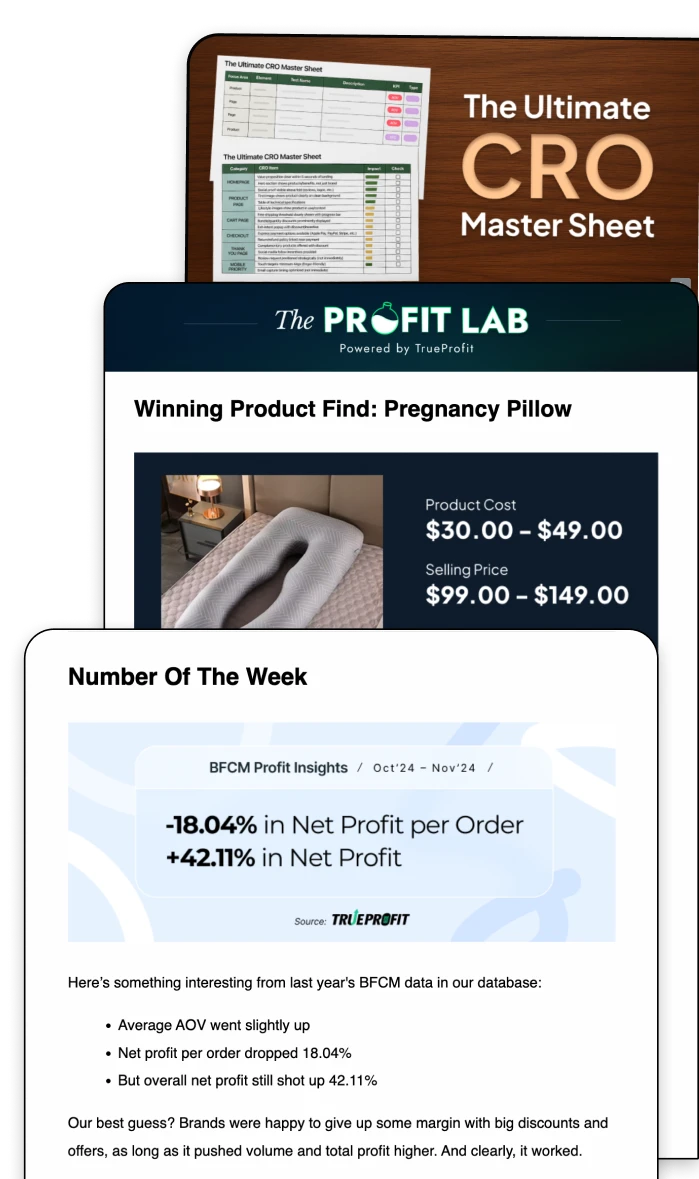What is Profit Optimization + Tips for Ecommerce Growth

Profit optimization is the strategic process of increasing your business’s net profit by improving pricing, reducing costs, and fine-tuning operations for long-term growth. Unlike short-term profit maximization, optimization focuses on sustainable results that support business health.
In this guide, we’ll break down what profit optimization looks like for ecommerce brands, share actionable strategies to boost your bottom line, and show how even small tweaks can lead to meaningful gains. Whether you're just starting or scaling fast, these tips will help you grow profitably in 2025 and beyond.
What Is Profit Optimization?
Profit optimization is the process of improving business decisions to increase net profit - not just revenue. It focuses on boosting profitability through better pricing, cost control, and efficiency across operations.
In ecommerce, profit optimization often means adjusting your pricing, cutting unnecessary expenses, improving average order value (AOV), and identifying your most profitable products.
Why Profit Optimization Matters in Ecommerce
Ecommerce businesses often operate with razor-thin margins; especially when you're juggling rising ad costs, shipping surcharges, payment processing fees and more. If you’re only looking at revenue growth without keeping an eye on profit, you might be scaling a business that’s quietly bleeding cash.
That’s where profit optimization becomes crucial. Here’s what profit optimization empowers you to do:
Run a leaner business without sacrificing growth
You can streamline expenses, optimize your tech stack, and renegotiate supplier terms while still growing your sales.
Avoid scaling losses while increasing revenue
It’s easy to assume more orders = more profit—but not when customer acquisition costs (CAC) or fulfillment fees eat into your margins. Profit optimization helps you scale profitably, not just aggressively.
Make data-backed pricing and inventory decisions
From setting dynamic pricing to removing low-margin SKUs, profit optimization gives you the clarity to act on real-time numbers, not guesses.
Get more out of every customer you acquire
By improving average order value (AOV), customer retention, and lifetime value (LTV), you increase your return on every dollar spent acquiring traffic.
Common Profit Optimization Problems (and Fixes)
Profit optimization isn’t just about tweaking prices or reducing costs—it’s about uncovering where your business is leaking money and making strategic changes to fix it. Many ecommerce founders unknowingly sabotage their margins by focusing on vanity metrics or running inefficient operations.
Here are some of the most common pitfalls that hold brands back—and how to fix them:
1. Focusing on Revenue Instead of Profit
It’s tempting to chase revenue milestones like $100K months or 7-figure years. But revenue doesn't equal profit. Many stores scale rapidly without realizing they’re actually losing money on every order.
2. Not Segmenting Ad Campaigns by Product Profitability
Running broad or generic ad campaigns can waste money fast, especially if you’re promoting low-margin items.
3. Overpaying for Tools and Subscriptions
It’s easy to sign up for multiple apps, plugins, or SaaS tools and forget about them. But bloated software costs can quietly erode your bottom line.
4. Not Tracking Product Costs in Real Time
If you’re only checking profit margins monthly—or not accounting for real-time costs like shipping fluctuations or returns—you’re operating with blurry data.
How to Optimize Profit in Ecommerce (Step-by-Step)
Profit optimization is a strategic process—not a one-off fix. It’s about analyzing your margins from every angle and making smart, data-backed decisions that compound over time. Here’s how to do it:
1. Track Profit at the Product Level
Not all products are created equal. Some might bring in high revenue but slim or even negative profits once you factor in costs. Without visibility into product-level profit, you’re flying blind.
What to do:
- Use tools that break down every cost per SKU—COGS, shipping, discounts, transaction fees, returns, and ad spend.
- Avoid relying solely on spreadsheets or Shopify’s basic reports—they often miss the full picture.
2. Optimize Your Pricing Strategy
Pricing directly impacts your margins, conversion rates, and perceived value. Most ecommerce stores either underprice and leave profit on the table - or overprice and lose sales.
What to do:
- Use value-based pricing: Price according to customer perceived value, not just markup.
- A/B test different price points to find the sweet spot for your best sellers.
- Use anchor pricing by displaying “compare at” prices to increase perceived savings.
Implement tiered pricing or quantity discounts to incentivize higher order volumes.
3. Lower Cost of Goods Sold (COGS)
Every dollar shaved off COGS is a dollar added to your margin. Reducing product costs without sacrificing quality is one of the fastest ways to grow profit.
Tactics to try:
- Negotiate better rates with your existing suppliers as your volume grows.
- Source alternative suppliers (especially domestic ones) to reduce shipping delays and fees.
- Explore white-label or private-label products with higher built-in margins.
- Consider bulk purchasing or warehouse partnerships to cut per-unit costs.
4. Improve Your Average Order Value (AOV)
A higher AOV means you’re earning more revenue per customer without increasing acquisition costs, supercharging your profit.
How to boost AOV:
- Offer bundle deals (e.g., 3-for-2, “complete the set”)
- Use smart upsell and cross-sell apps to recommend add-ons at checkout
- Introduce free shipping thresholds just above your current AOV (e.g., “Free shipping on orders over $60”)
- Offer limited-time bundle discounts to create urgency
5. Reduce Ad Spend Waste
Paid traffic is expensive - especially with rising CPMs and shifting algorithms. Without tight control, ads can drain profit quickly. Profit is more important than clicks or traffic. Don’t be afraid to cut flashy but unprofitable campaigns.
What to track and optimize:
- Track CAC vs. LTV (Customer Lifetime Value), ROAS by product, and use marketing attribution and optimization tools to identify which campaigns actually drive profit—not just clicks.
- Analyze ROAS by product to avoid promoting low-margin SKUs
- Use audience segmentation to retarget existing buyers and cart abandoners more efficiently
- Eliminate underperforming channels and double down on high-converting ones
6. Streamline Operational Expenses
Backend inefficiencies quietly chip away at your profit. From unnecessary app subscriptions to slow fulfillment, every hidden cost adds up.
How to reduce waste:
- Audit your app stack every quarter to cancel tools you don’t use
- Consolidate vendors or fulfillment partners to reduce complexity and fees
- Automate manual tasks like email follow-ups, returns processing, and customer support with tools like Gorgias or Zapier
- Consider switching to 3PLs that offer better rates or faster delivery to reduce cart abandonment and refunds
Best Profit Optimization Software for Ecommerce
TrueProfit
TrueProfit is an all-in-one profit analytics and profit tracker solution designed for Shopify merchants. It automates the collection of real‑time, accurate data from your store, ad channels, and shipping partners. Then it breaks down into profit‑focused insights right down to each SKU so you always track what matters, not vanity metrics.
Why TrueProfit is great for profit optimization:
- Real-time net profit tracking: Automatically calculates net profit by store, product, order, marketing channel, and time period.
- Cost accuracy: Tracks COGS, ad spend, transaction fees, shipping, discounts, refunds, and more. All in one place.
- LTV & CAC monitoring: Helps you understand how much you’re really spending to acquire customers and how much they’re worth.
- Multichannel support: Integrates seamlessly with Shopify, Facebook Ads, TikTok Ads, Google Ads, and major shipping platforms.
A data-driven profit optimization solution allows you to easily pinpoint your most profitable products, channels, and customers, enabling you to scale products that bring profit and eliminate ones that don’t.
Perfect for:
- Shopify sellers scaling past $10k/month
- DTC brands with multiple products or suppliers
- Dropshippers and solo entrepreneurs managing ad-heavy strategies
- Store owners tired of juggling spreadsheets to track profit
Harry Chu is the Founder of TrueProfit, a net profit tracking solution designed to help Shopify merchants gain real-time insights into their actual profits. With 11+ years of experience in eCommerce and technology, his expertise in profit analytics, cost tracking, and data-driven decision-making has made him a trusted voice for thousands of Shopify merchants.

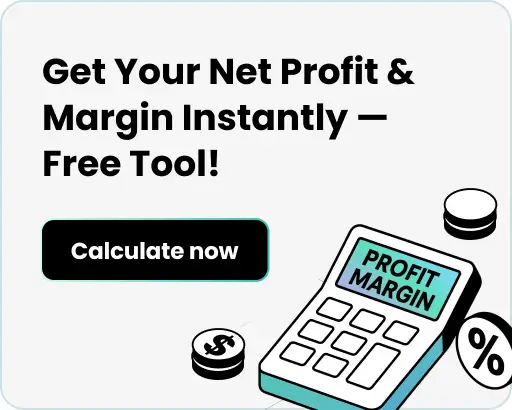


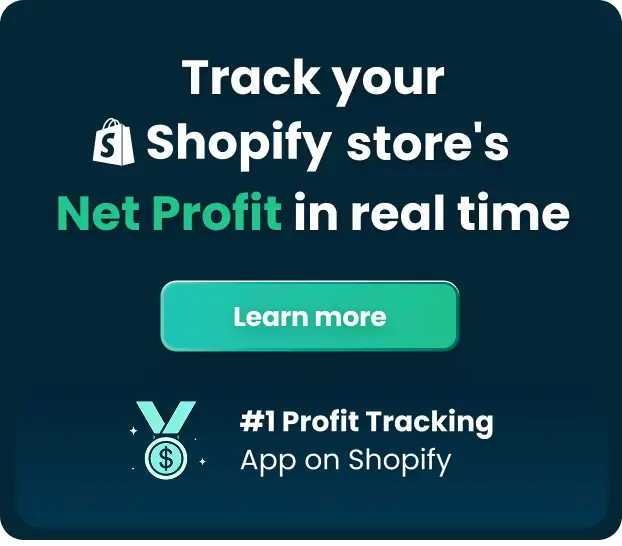
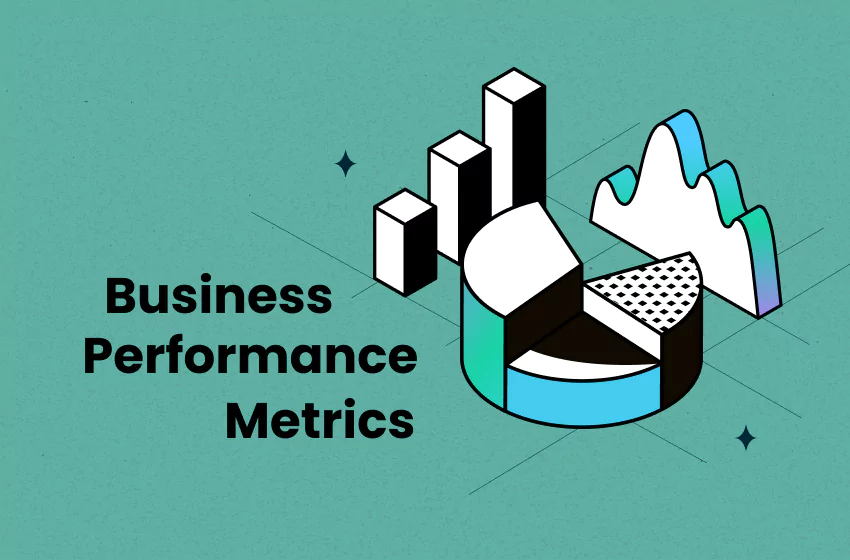
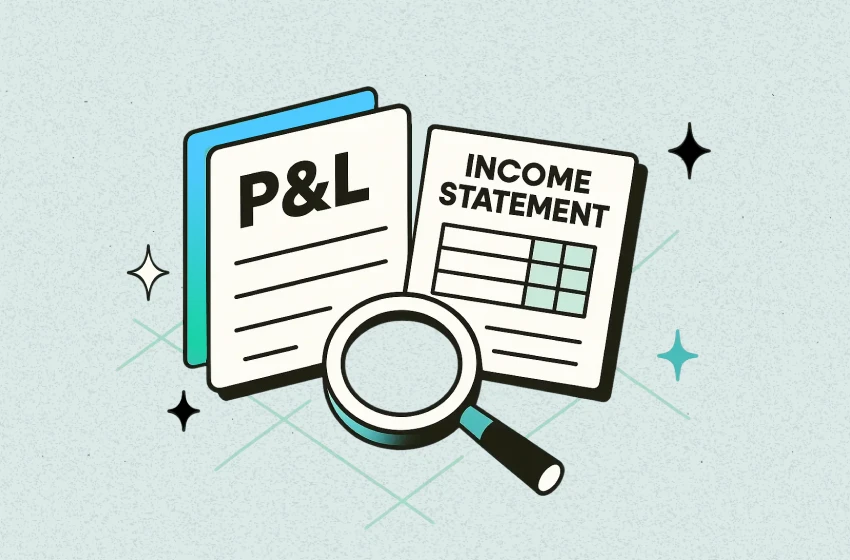
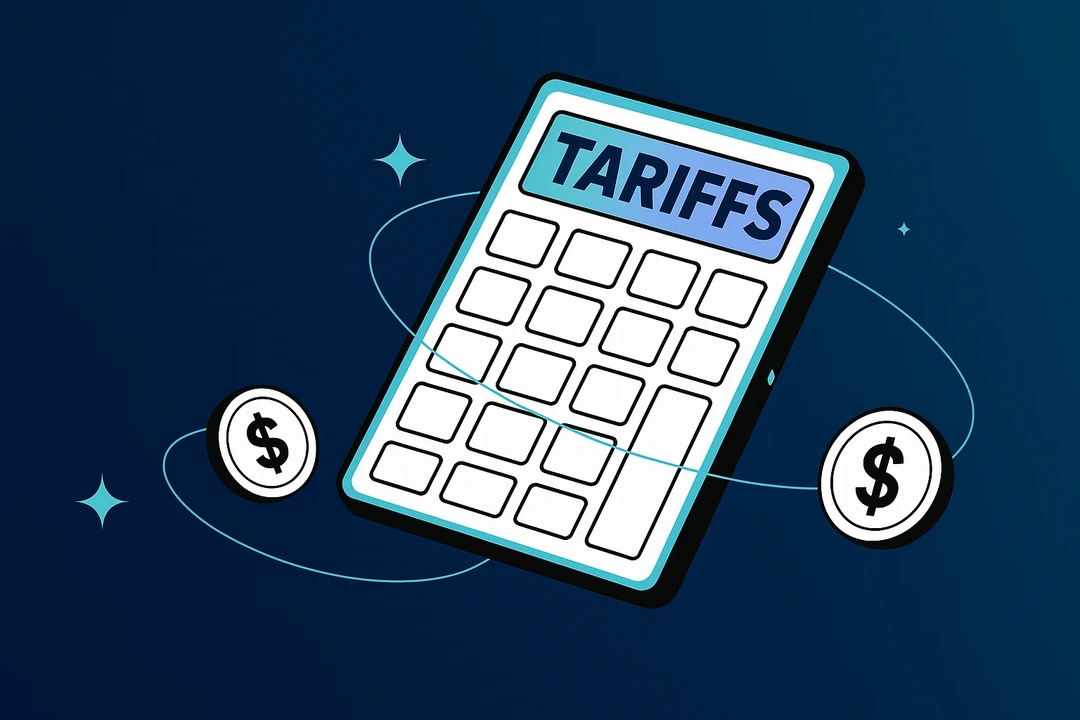

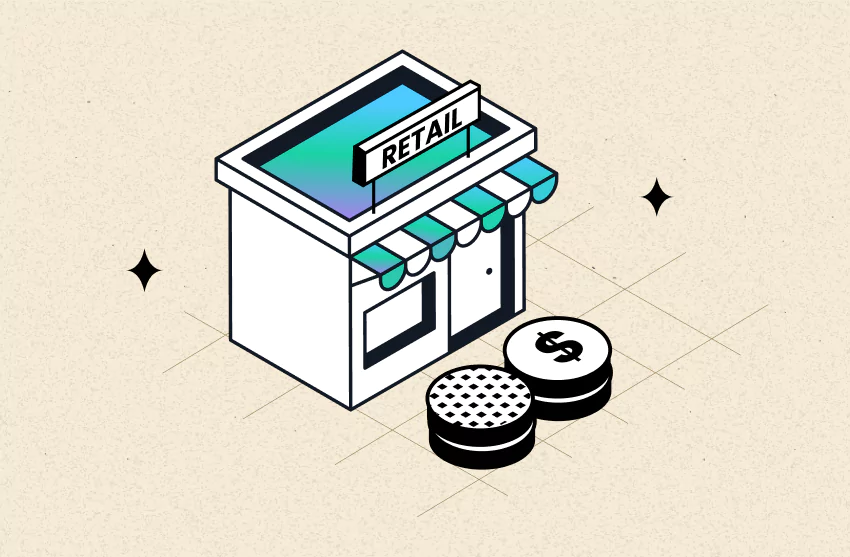
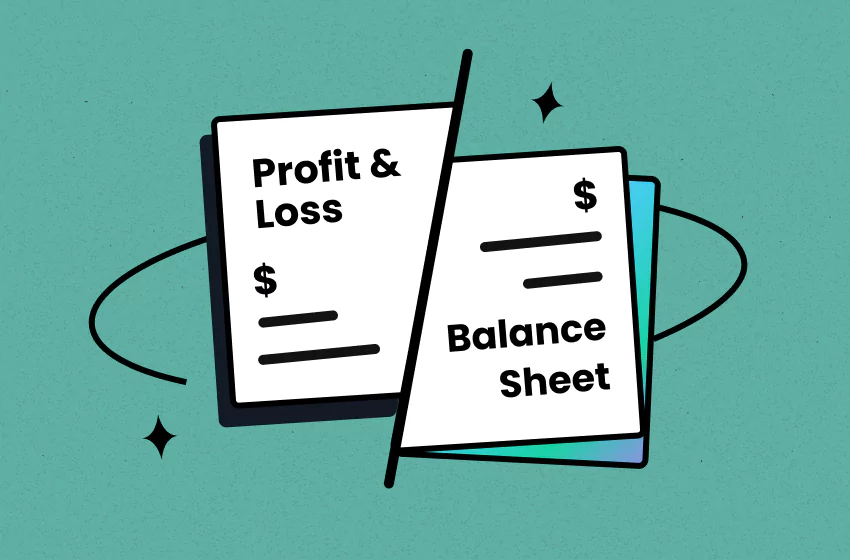
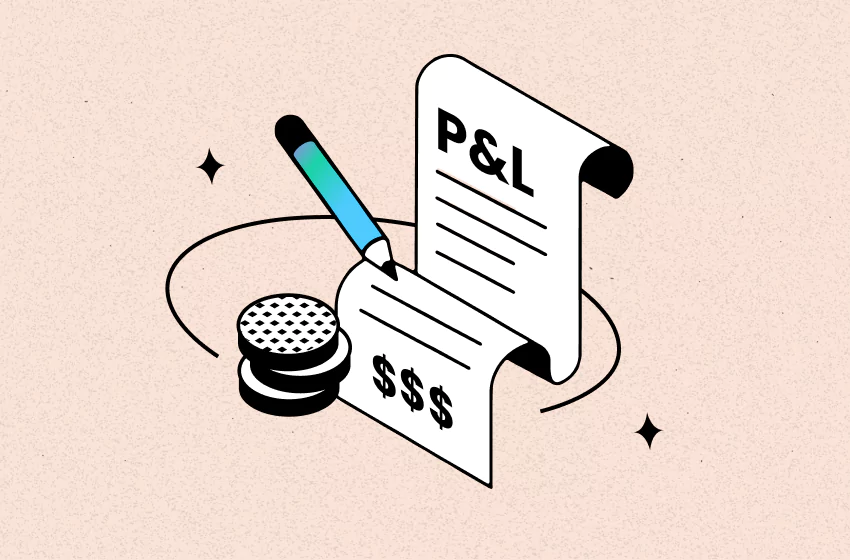
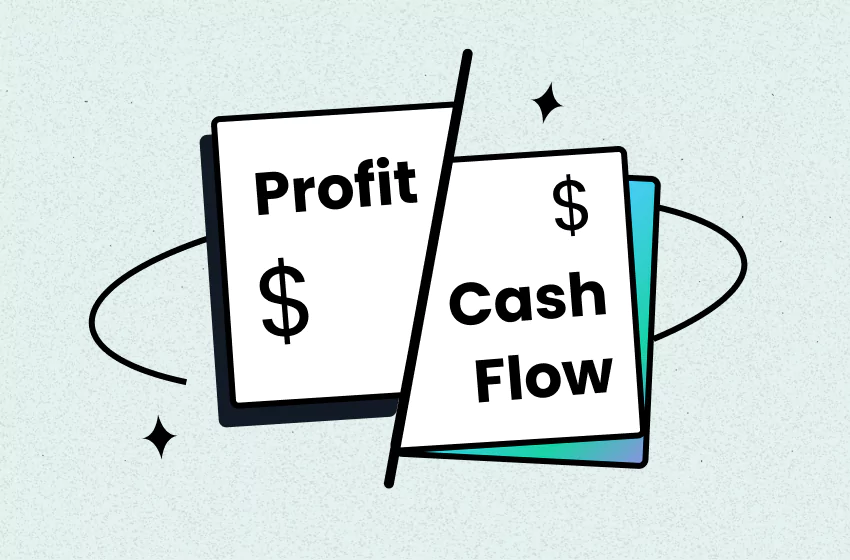
 Shopify profits
Shopify profits